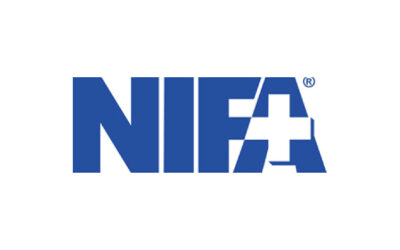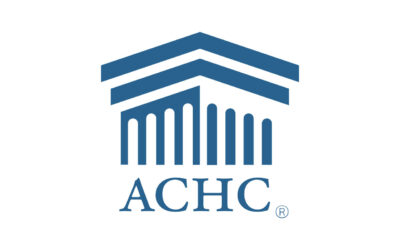
OR Today interviewed Hakan Ilkin, founder and CEO of BrightHospital which specializes in predictive analytics and forecasting for OR and ERs. The interview covered how such tools can address staffing issues such as utilization, nurse overwork and burnout, particularly as COVID-19 continues to create extremely demanding, high-pressure work environments.
Q: Why have hospitals continued to rely on traditional, decades-old scheduling methods?
Ilkin: Traditional scheduling methods focus on facilitating surgical processes but lack analytical capabilities and problem-solving tools to improve overall surgical throughput. Hospital and OR leaders have invested in promising scheduling tools with potential, but most have increased workload and frustration among staff, and have not shown long-term improvements.
Q: How do new forecasting and predictive scheduling tools allow OR leaders to take control of their resources?
Ilkin: The majority of tools available to OR leaders to optimize their resources are retrospective. They rely on historical practice patterns to prepare for the future. Next generation forecasting tools integrate historical data with predictive indicators such as surgical clinic visits to surgery conversion rates and scheduling pattern models. They can forecast surgical schedules weeks to months in advance, allowing OR leaders to make strategic allocation decisions.
Q: How can next-generation forecasting tools address current COVID-19 challenges?
Ilkin: We’ve seen significant ebbs and flows during the past couple of years as elective surgeries have been cancelled, rescheduled and cancelled again depending on the severity of the pandemic and societal reactions. Every time hospitals were subjected to these changes, OR leaders had to throw out carefully made plans and make decisions without valid information to depend on. Forecasts made by next-generation tools rely on many data streams and take into account operational changes due to COVID-19, therefore remaining accurate during different phases of COVID-19 recovery. With these tools and changes in the surgical pipeline, such as elective surgery or clinic visit, cancellations are immediately reflected in the forecasts and empowers OR leaders with actionable information.
Q: How has the COVID-19 pandemic affected forecasting and predictive scheduling for OR leaders?
Ilkin: In the second quarter of 2020, the number of surgeries declined by more than 60%. This was widely repeated at the end of 2021 putting additional financial burden on hospitals. Hospitals not only faced a backlog of these postponed cases but also pressure to perform more surgeries per month to meet financial targets. The traditional tools available to OR leaders do not provide necessary information to meet these needs. Forecasting and predictive scheduling methods can not only show the impact of COVID-19 to ORs in real-time, but also predict OR time that will not be used and enable OR leaders to proactively market OR time to physicians who need it more.
Q: Can forecasting tools help to organize and deal with staffing shortages?
Ilkin: Yes, indeed it can. From allowing them to adjust staff shifts to complete surgeries as early as possible, avoiding overtime and slowly closing the perennial gaps in utilization, a proactive leader can draw actionable insights from surgical forecasting data. Going deeper into representative daily data to analyze how the days differ from one another, and then work on more strategic block scheduling to close the utilization gap, the same leader can make staffing more rational. It has long been the goal of OR managers to optimize utilization and given the pressures of Omicron and the larger nurse burnout and staffing landscape, such efforts are newly and acutely relevant now.
Q: How can forecasting data make a significant measurable impact on morale and staff satisfaction?
Ilkin: One key factor of staff dissatisfaction is a change to their schedules after the schedule is posted. Being asked to add shifts, asked to work overtime or take personal time because of un-scheduled OR time has significant impact on staff satisfaction and morale. When OR leaders have an accurate OR schedule the next day, week, or month, they can make decisions to address OR staffing proactively. When leadership can clearly see that the forecasted OR utilization on a specific day three weeks from today will be well below (or above) the staffed capacity, they can adjust shift needs before the staff schedule is posted. This has helped hospitals reduce overtime 10-40% and increase overall staff satisfaction.
Q: Do you have any anecdotes from OR manager customers regarding how your tools have made work less stressful for OR nurses and staff?
Ilkin: I think the most memorable discussion I had was with a pre/post op manager. It was an early day of an implementation and I did not even realize that she was receiving the information. She explained to me how she had already started using the information, adjusting her staffing levels by looking at the overall forecasts and forecasts by surgeon. This interaction affirmed my core belief that health care leaders, regardless of the position, are hungry for good and actionable information. They may not be analytical experts, but they know what needs to be done when the information is presented to them in a clear and actionable manner. Enabling them has become a lifelong goal.
Hakan Ilkin is the founder and CEO of BrightHospital which specializes in predictive analytics and forecasting for OR and ERs.









